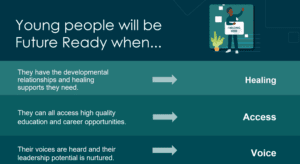Across the country, members of the Cradle to Career Network are working to reduce barriers to postsecondary success for students in their communities.
Here are three insights into how they’re getting results:
Make data accessible and actionable.
Using data to make informed decisions and improve strategies is critical to getting better outcomes for students. Cradle to Career Network members are making sure that all organizations and individuals in the community have the data they need. They also create and maintain systems to collect, share, store, analyze and communicate about data. 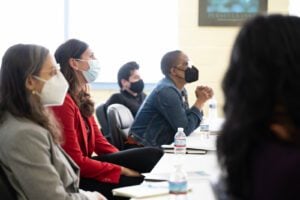
This work can include expanding partners’ capacity for requesting data from governmental institutions, connecting partners through data-sharing agreements and a centralized data hub, or expanding data literacy by getting data into the hands of community members.
In Spartanburg, South Carolina, Spartanburg Academic Movement (SAM) implemented a data-sharing agreement with a state agency for schools to access National Student Clearinghouse data. The team then supported schools in using that data for collaborative improvement.
Student-level data allows for targeted, effective strategies to improve support systems. Before having access to student-level data, schools had no information regarding the individual FAFSA application status for their students. This data enabled schools to address the needs of individual students and their parents.
Thanks to this work, Spartanburg has maintained a 51% FAFSA completion rate for the classes of 2021 and 2022, despite a decline in FAFSA completion rates in South Carolina and nationwide. And completing the FAFSA means more opportunities for students: SAM found that students who complete a FAFSA are nearly three times more likely to enroll in college than those who don’t complete the form.
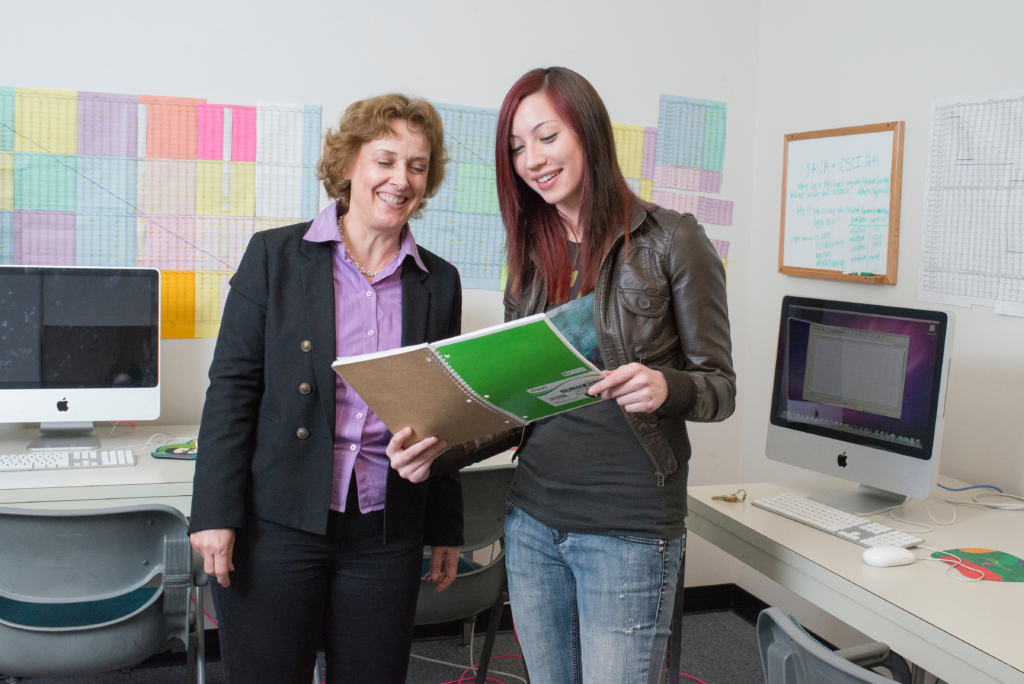
In Racine, Wisconsin, Higher Expectations for Racine County works to get students the information they need to understand the different postsecondary enrollment journeys that are available to them.
“Students will rise to the occasion as long as they’re able to make an informed choice based on their unique circumstances,” explained Post-Secondary Education Network Facilitator DeAnn Possehl.
Higher Expectations for Racine County is increasing postsecondary graduation rates by creating a college-going culture. Six-year graduation rates at the University of Wisconsin-Parkside have increased from 24.3% to 41.5% since the team launched the Postsecondary Education and Training Network in 2015. And the work is expanding — their strategies are being shared across seven counties in southeastern Wisconsin. As a region, 17 postsecondary institutions convene monthly to improve postsecondary completion based on the successes in Racine.
Get everyone speaking a shared language.
Systems change work is complex and nuanced — and often full of jargon and insider knowledge. Getting staff, partners and community members on the same page means creating a shared understanding of the work, which increases involvement and ultimately leads to better outcomes. 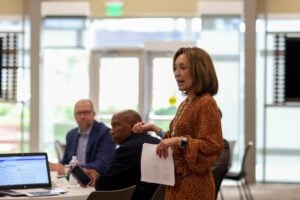
In Racine, creating a shared understanding looked like getting a postsecondary partner to “loan” a staff member who now holds dual roles with Higher Expectations and postsecondary institution. Having someone on board who is fully immersed in the language of postsecondary work has been key to bridging the gap between partners.
Getting clear on what roles people play in their work with each other is also critical to a shared understanding. When everyone feels supported in the work and in the spaces where they’re working together, it opens opportunities for true collaboration.
Build trust across your partners.
Cooperation — not competition — drives better, more equitable outcomes. Effective collaboration starts by supporting partners to get to know each other. One way to do this is by engaging partners in conversations around why they’re similar instead of how they’re different. When partners realize they’re facing the same challenges, they begin to see themselves as one ecosystem collectively responsible for the success of youth and families.
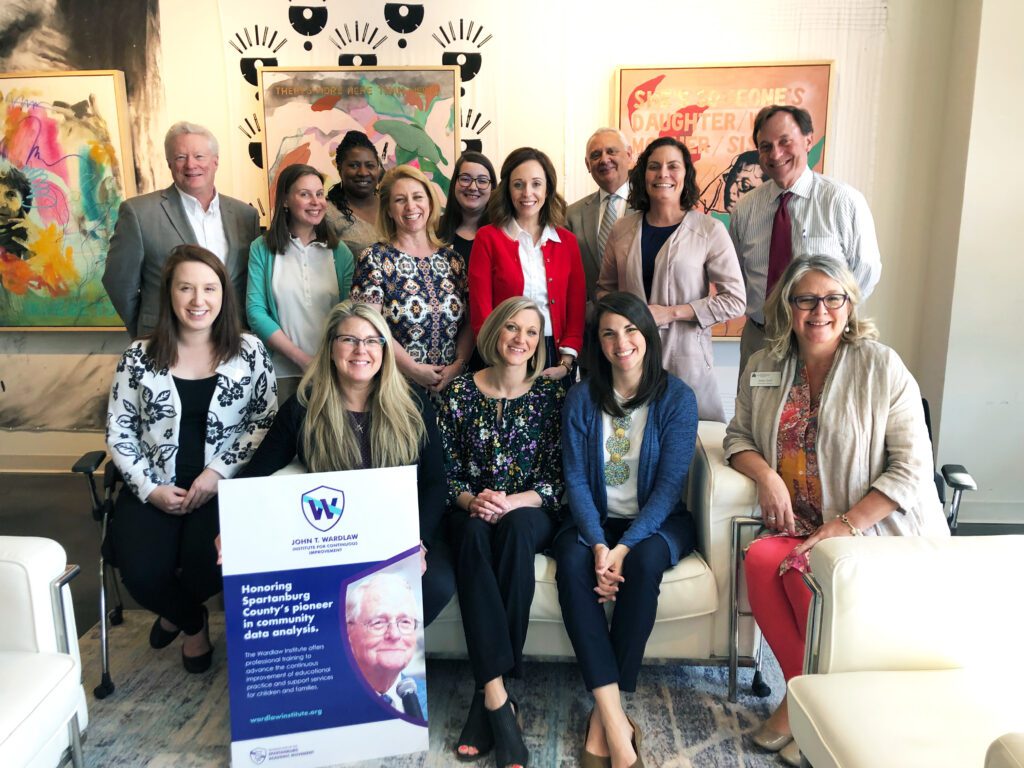
Being intentional in communications around data also leads to stronger partnerships. For SAM, that means not comparing schools to each other publicly, which helps foster a collaborative environment. The team actively demonstrates their commitment to partners to “use data as a flashlight, not a hammer.”
Additionally, sharing ownership of the work is key in creating a level playing field. Engaging partners as facilitators and co-creators can create that sense of shared accountability. Facilitators can also use grounding exercises at the beginning of meetings to keep partners continually engaged around why they’re working together and what their shared goals are.
“When [leadership] becomes decentralized and everyone holds a piece, that leads to trust,” explained Kimberly Sama, chief finance and operations officer at UP Partnership in San Antonio, Texas.
With young people, community leaders, and UP Partnership’s networks and coalitions, the team created a shared definition of what it means for youth to be “future ready.” This definition includes having developmental relationships and healing support; accessing high-quality education and career opportunities; and having their voices heard and leadership potential nurtured. Together, partners across the region are working toward their 2030 goal to increase postsecondary enrollment of Bexar County High School graduates in a degree or credential program to 70%.
These network members and their peers across the country are working to ensure young people have access to opportunity after high school, leading to strong futures and strong communities. Learn more about the work of the Cradle to Career Network by exploring network stories here.


